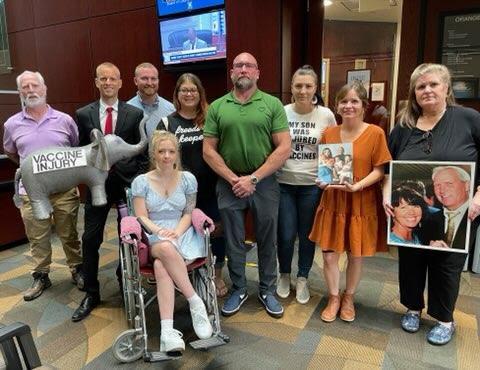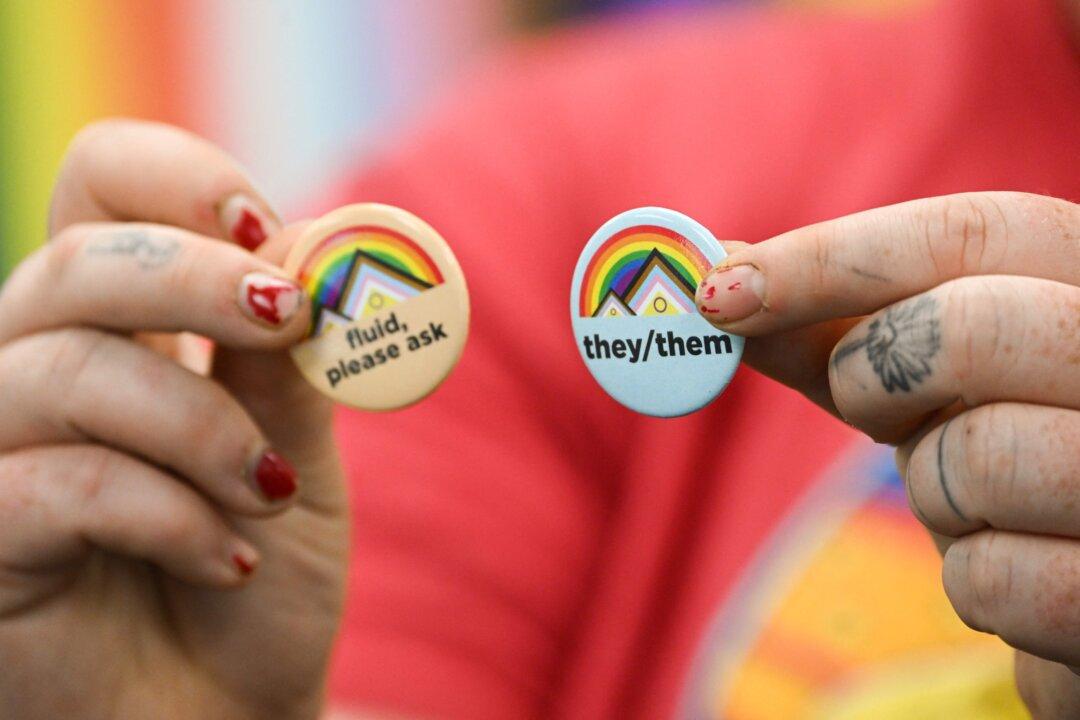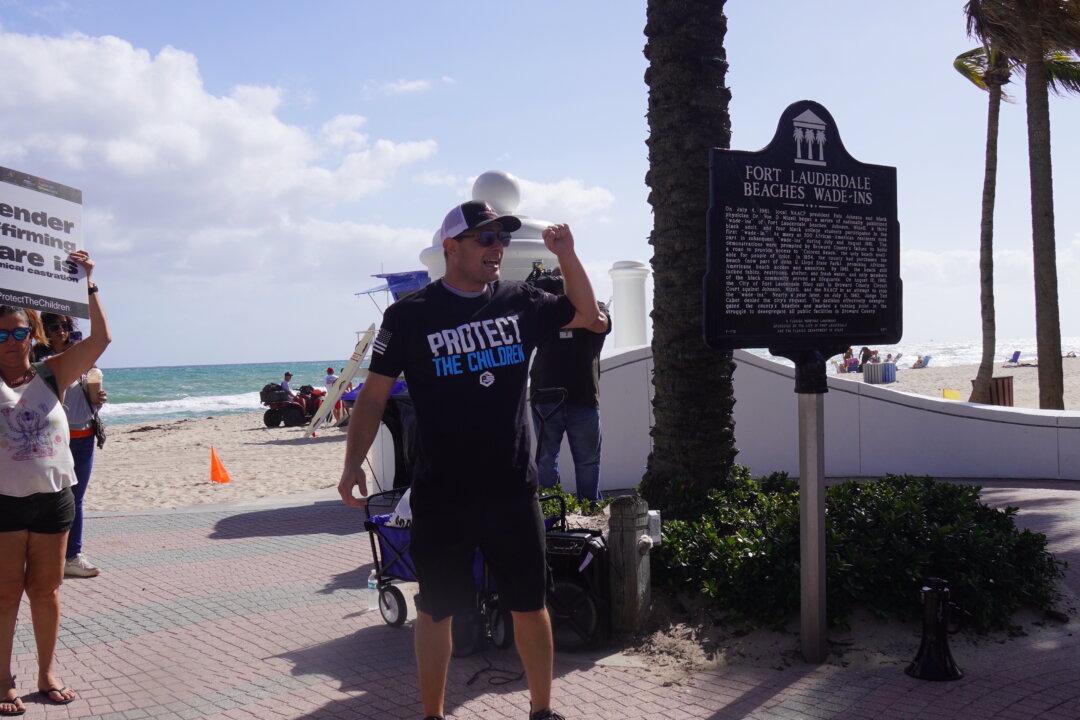“You’re not going to do it here. You'll spend Christmas—not with Santa Claus—but with Santa Judd at the county jail. That’s a guarantee,” Polk County Sheriff Grady Judd warned criminals at a Dec. 2 press conference with Florida’s Attorney General Ashley Moody.
As states across the country see a rise in organized retail crime, Moody announced a new statewide task force to deal with the problem, and vowed to provide law enforcement with the tools to thwart it.




